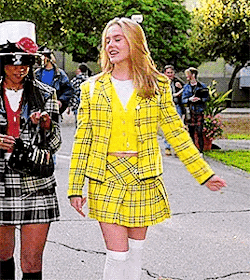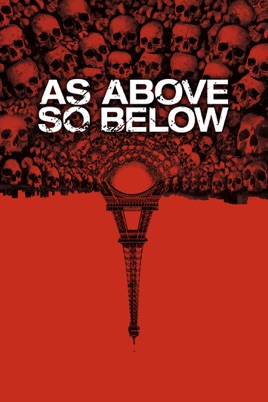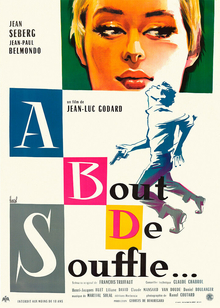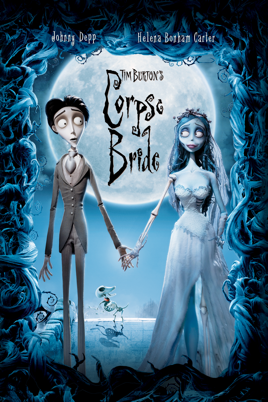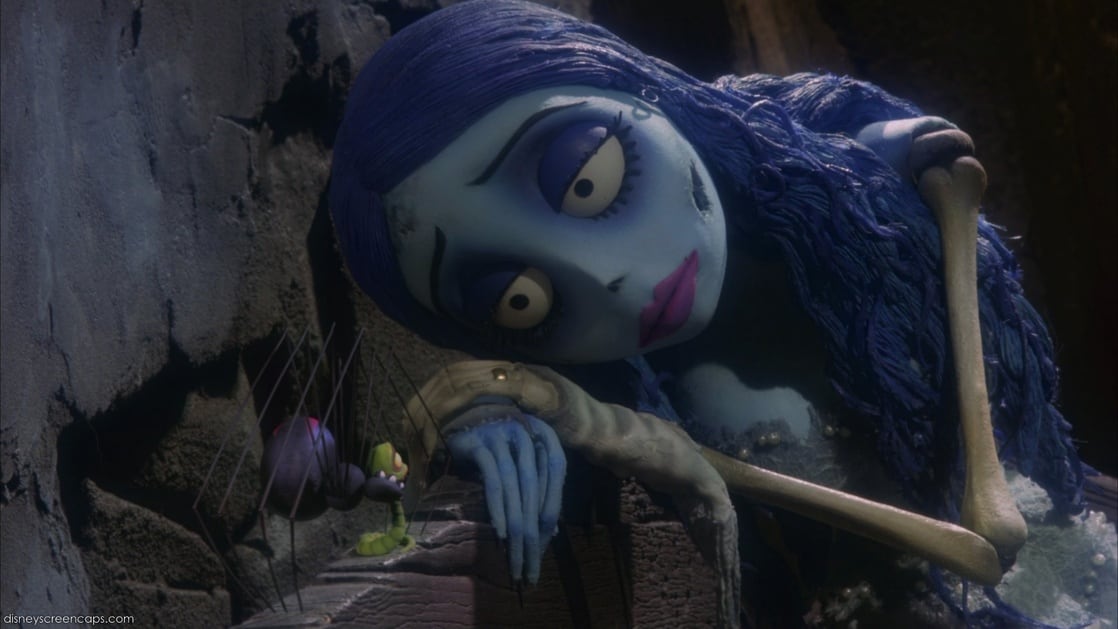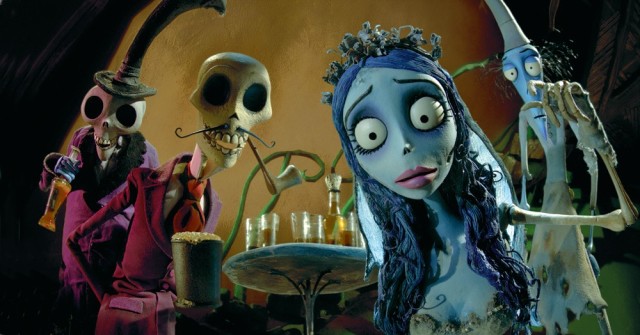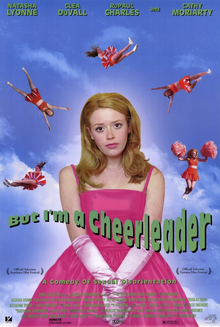
But I'm a Cheerleader is an American satirical romantic comedy film starred by Natasha Lyonne as Megan Bloomfield in this film. This film was published in 1999, directed by Jamie Babbit and written by Brian Wayne Peterson. The queer cinema theory had used in this film. It has been in existence for decades but without a name and identified with avant-garde cinema or can be defined as an experimental film.
The queer cinema was introduced at the Toronto Film Festival in 1991 as a concept. People always discriminate LGBT which is Lesbian, Gay, Bisexual and Transgender, however, queer cinema had used to reexamined and reviewed the image of homosexuality. It gives an idea that no matter what we know previously can be restarted. Queer cinema became more visible with the global traumatizing effects of AIDS when it had spread out. Queer cinema films will re-evaluate subjectivities and they negotiate how men look at each other. It incorporating the question of pleasure in screen and the celebration of excess lead to a result in a subversion of previously considered mainstreams genres. Besides, Queer cinema also known as New Queer Cinema, the films that linked to it had become such a marketable commodity and an identifiable movement. It was a term that used to describe the renaissance of gay and lesbian filmmaking by the Americans lead by Gus Van Sant.
Then, Queer cinema is probably around due to the growing trends in critical theory in the 1980s named Queer Theory. Queer Theory is a theory that came from multiple critical and cultural contexts, including feminism, post-structuralist theory, radical movements of people of color, the gay and lesbian movements, AIDS activism, many sexual subcultural practices such as sadomasochism, and postcolonialism. There are four approaches in Queer Theory. The first approach would be audience reception. It assesses popular cultural texts that overly address non-straight audiences, such as homosexual characters in a narrative film. As an example, it makes a film about gay for gay audiences to enjoy or the other hand we can say that they make romance films for straight people. Secondly, the texts that address straight audiences but have gotten appreciation from non-straight audiences. The works that have made it are targeted at the straight audience but for gay audiences they also like it. This approach does not purposely make films for gay people. According to Doty (1998), the third approach is describing the straight producers are concerned with non-normative straightness. It shows us different perspectives of the stereotype of the masculine and this approach need to learn how to deal with the producer. The last approach, also the most complicated among these four approaches, which had related to the system of Queer Cinema. This approach makes us questioned everything that we know. It makes gay people rethink what they think and makes straight people rethink what they think. According to Ibid, this theory included films and popular culture texts, spectator positions, pleasures, and readings that articulate spaces outside gender binaries and sexuality categories, whether these are outside the normative straight understanding of gender and sexuality or outside orthodox lesbian and gay understanding.
This movie is talking about a seventeen high school girl, Megan, who had participated in cheerleader in her school team. She has a football player's boyfriend, Jared but she totally does not have the interest to kiss him. Her friends accidentally found out that Megan collects some women poster then she showed it to Megan's parents. Thus, they started to guess whether Megan is a lesbian or not. Megan has been sent to a therapy center named "True Directions". She was very nervous and anxious because she believed she was not a homosexual. When she reached there, She met a few gays and lesbians. The principal of True Directions, Mary Brown told her she has to fulfill 5 steps in order to graduate this LGBT session. Megan passed the first 4 steps but she had been kicked out in the last step. In that period, she falls in love with one of the lesbian, Graham. Graham runs away on her graduation day and elopes with Megan at last.
This movie is talking about a seventeen high school girl, Megan, who had participated in cheerleader in her school team. She has a football player's boyfriend, Jared but she totally does not have the interest to kiss him. Her friends accidentally found out that Megan collects some women poster then she showed it to Megan's parents. Thus, they started to guess whether Megan is a lesbian or not. Megan has been sent to a therapy center named "True Directions". She was very nervous and anxious because she believed she was not a homosexual. When she reached there, She met a few gays and lesbians. The principal of True Directions, Mary Brown told her she has to fulfill 5 steps in order to graduate this LGBT session. Megan passed the first 4 steps but she had been kicked out in the last step. In that period, she falls in love with one of the lesbian, Graham. Graham runs away on her graduation day and elopes with Megan at last.
For the analysis part, this film has shown many types of representation in different characters. We can see how they perform the social norms by girls and boys and this we could observe from the gays and lesbian actions in True Direction. The production and costume design of the movie was meant to reflect the idea of gender roles. There is a progression from the organic world of Megan’s hometown, where the main colors are orange and brown, to the fake world of True Directions, dominated by intense blues and pinks, which show the artificiality of gender roles. In the camp, the male campers wear only dark blue shorts, shirts, and ties, whereas the female campers wear only bright pink skirts and blouses. By having the campers wear clothes that are typically associated with the standard male outfit and the standard female outfit, it tries to show the campers how normal straight people dress.
Besides making the campers wear gender-specific clothes, they make the campers perform a series of tasks associated with each gender. For example, girls are taught how to clean a house, how to sew, specifically a wedding dress, how to wear make-up and look like a “pretty young woman”. Guys are taught how to change a tire and fix a car’s engine, how to play football, and how to chop wood and spit. The idea is if the campers realize and practice their intended role in society then their homosexuality will be cured.
The concept that is being taught at the camp is that homosexuality is caused by not conforming to socially constructed gender roles. In order to cure this homosexuality, you have to act and dress like an ideal man or woman performing the gender roles given to you by society. The idea that performing gender-specific tasks and wearing gender-specific clothes will change who someone loves is just ridiculous and ignorant. The movie showcases this in a funny light-hearted way but still gets the message across love is love, and it cannot be cured.
Indeed, it seems a well-produced textual analysis will look at other readings of the text to better substantiate the viewer’s arguments or interpretations. On the surface, one may view this film as anti-gay propaganda – because of the True Directions program in combination with the numerous stereotypical gay characters within the film. However, due to the film’s ultimately satirical nature, it becomes clear that the film functions in quite the opposite way. But I’m a Cheerleader advocate for gay rights, equality, and acceptance in a humorous way that forces – or encourages – the viewer to view homosexual individuals with a new, positive understanding. Everyone has the right to love, relationships, and happiness regardless of gender or sexual orientation.
REFERENCE :
Illinois Library. (Aug 26, 2019). Queer Theory: Background | A Rough Introduction
Retrieved from https://guides.library.illinois.edu/queertheory/background
Sullivan, Nikki (2003) A Critical Introduction to Queer Theory, Edinburgh: Edinburgh University Press.
Hayward, Susan (2006) Cinema Studies The Key Concepts, 3rd ed., USA: Routledge, pp. 329 – 333.
genderandsexualityinsocialstudies. (2019). BUT I'M A CHEERLEADER.
Retrieved from https://genderandsexualityinsocialstudies.wordpress.com/film-reviews/but-im-a-cheerleader/
Sullivan, Nikki (2003) A Critical Introduction to Queer Theory, Edinburgh: Edinburgh University Press.
Hayward, Susan (2006) Cinema Studies The Key Concepts, 3rd ed., USA: Routledge, pp. 329 – 333.
genderandsexualityinsocialstudies. (2019). BUT I'M A CHEERLEADER.
Retrieved from https://genderandsexualityinsocialstudies.wordpress.com/film-reviews/but-im-a-cheerleader/

